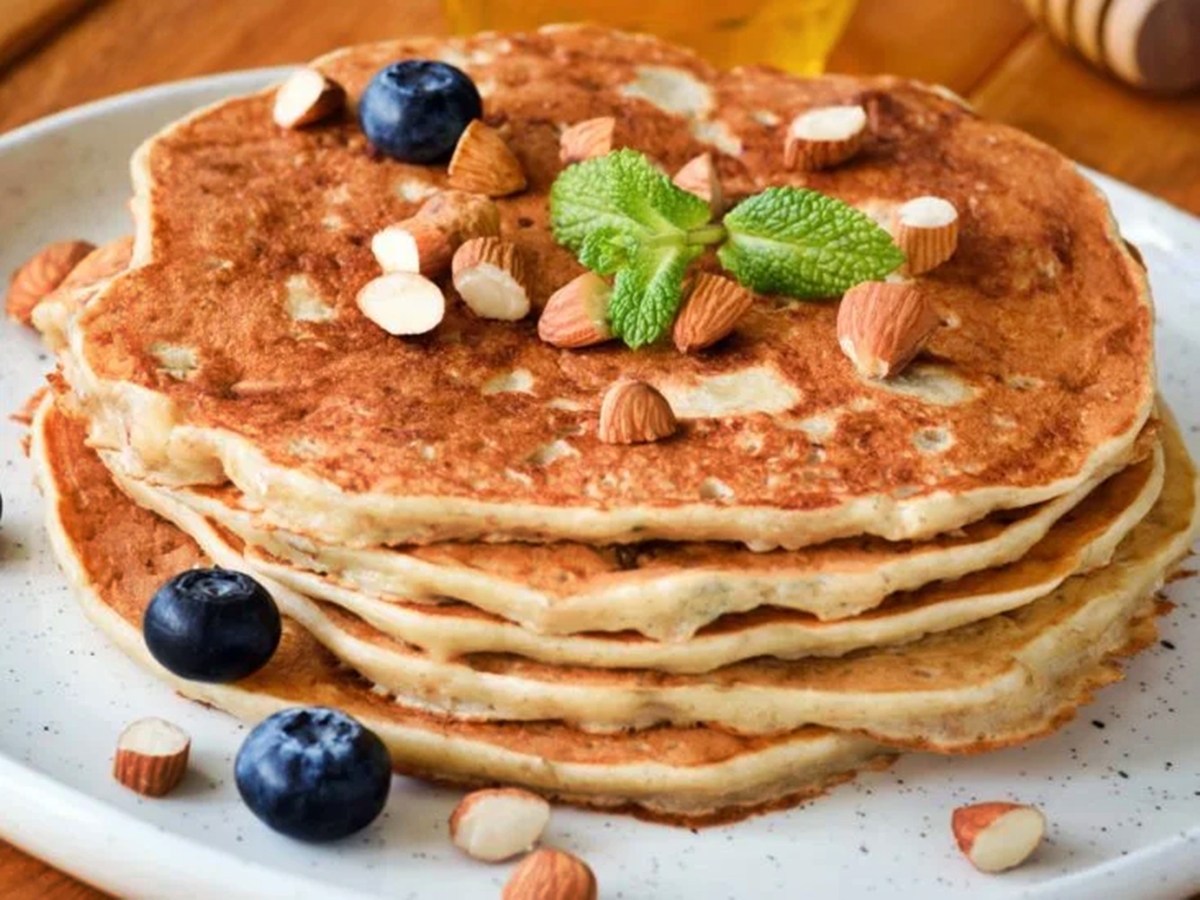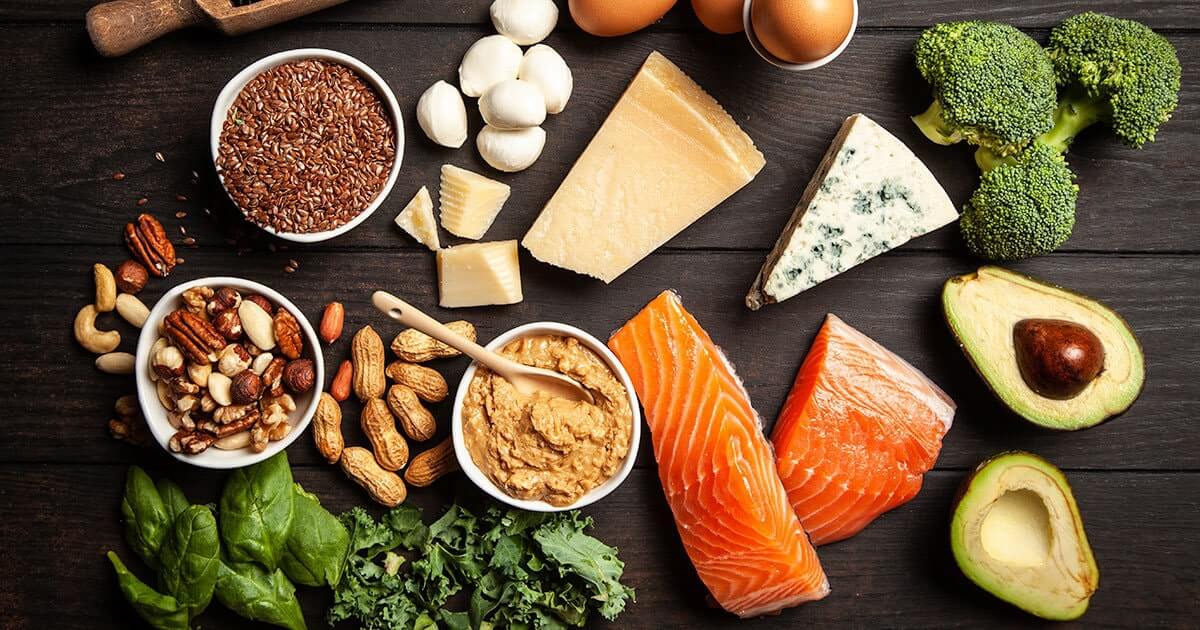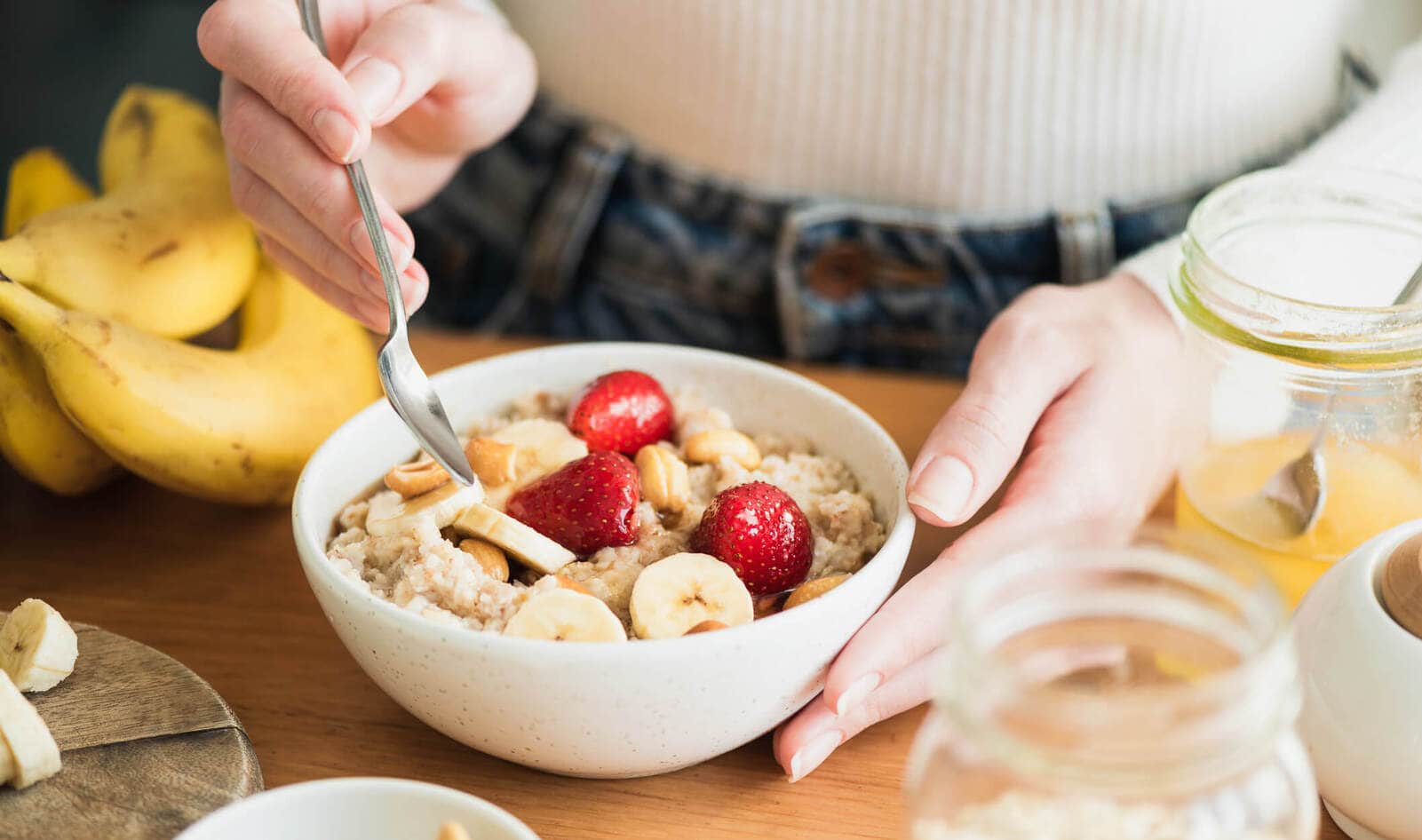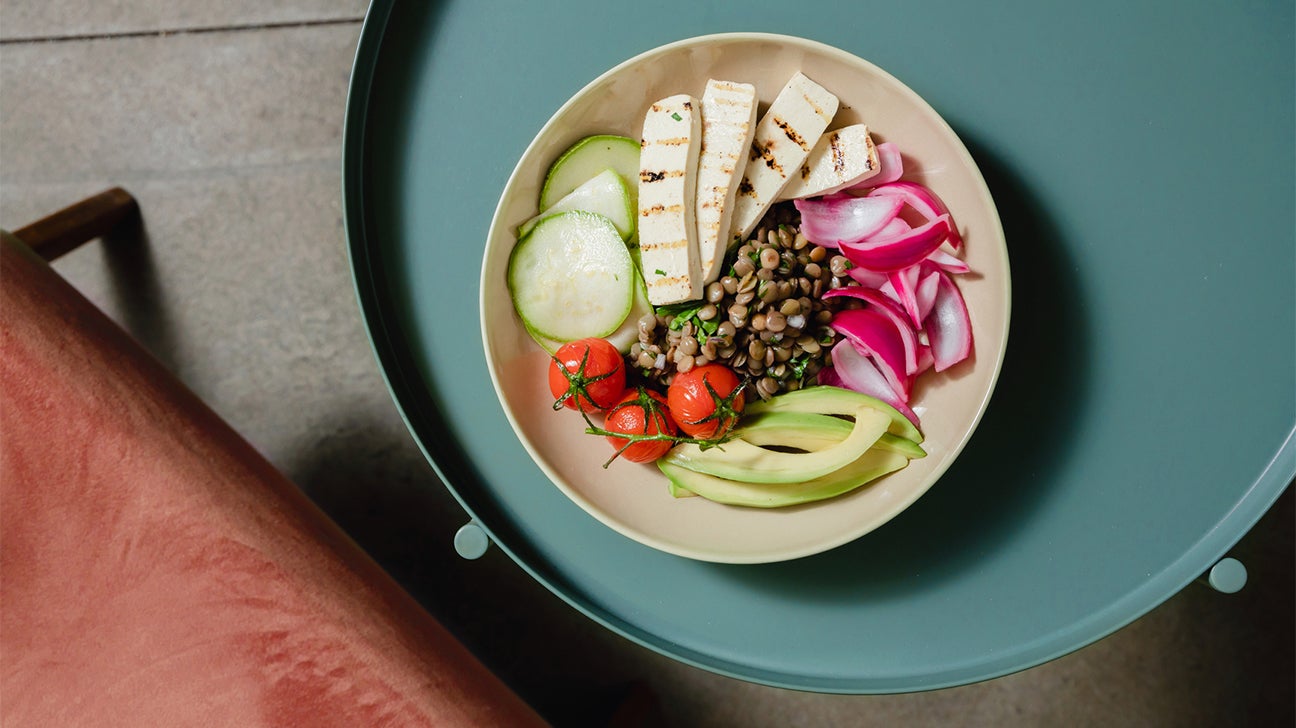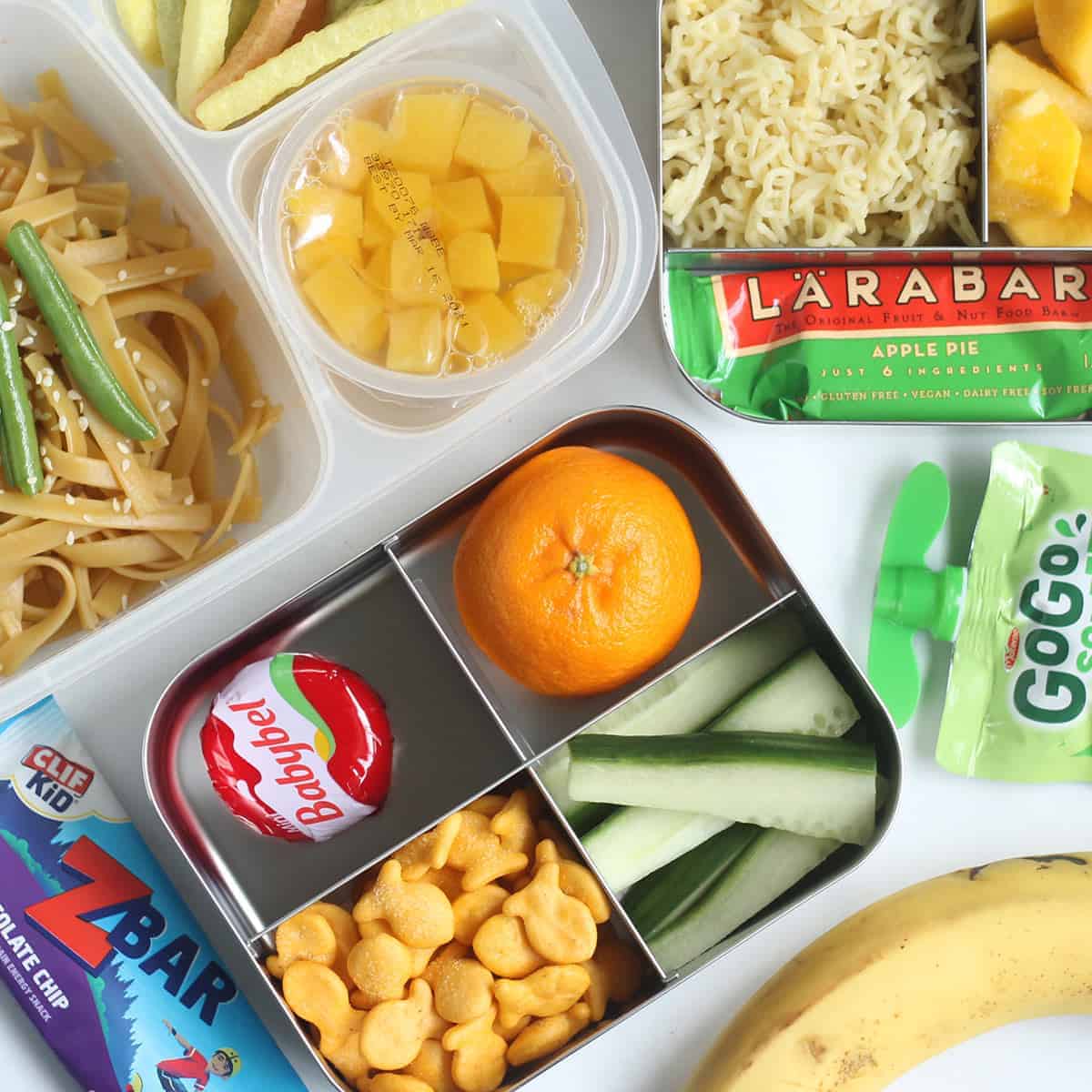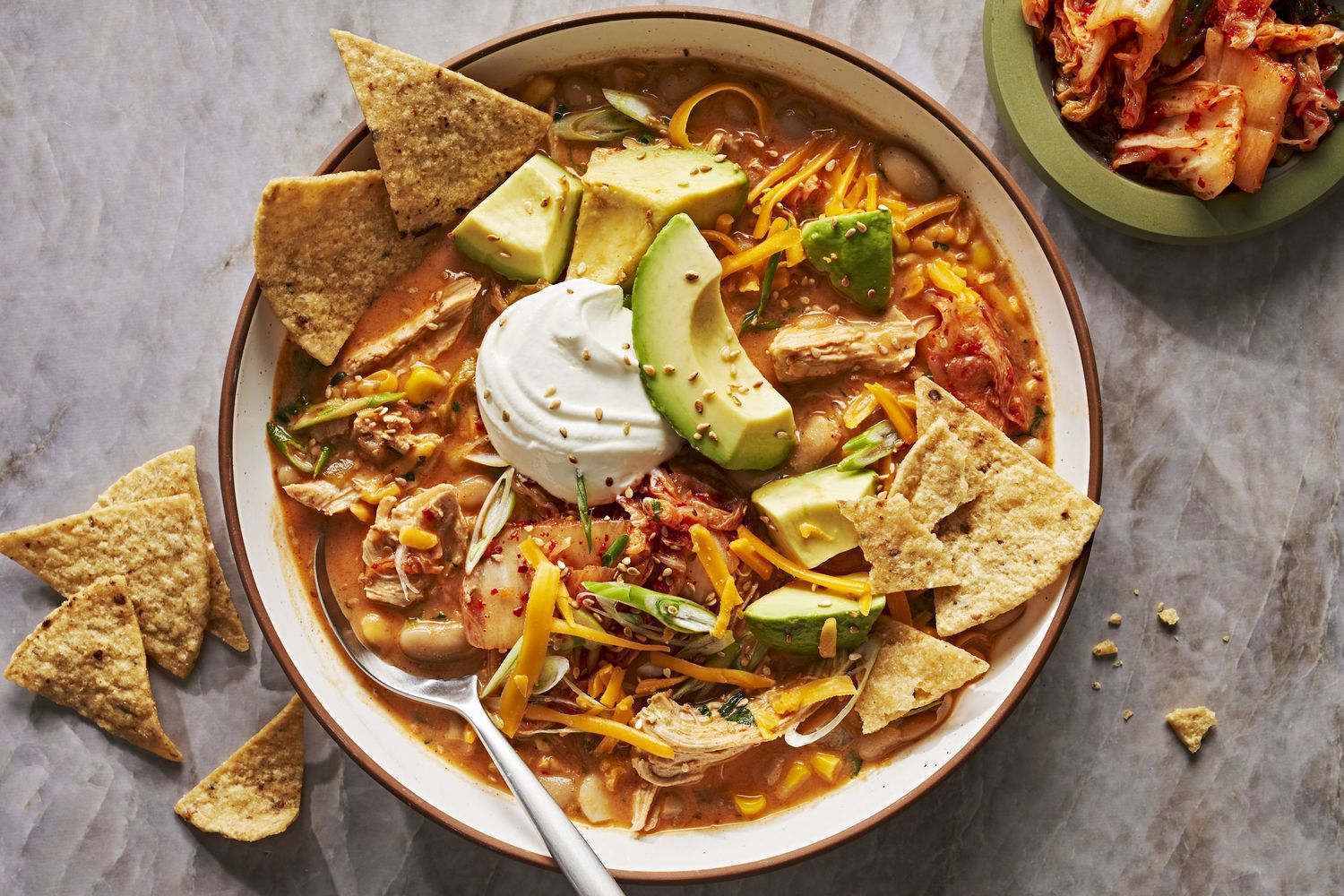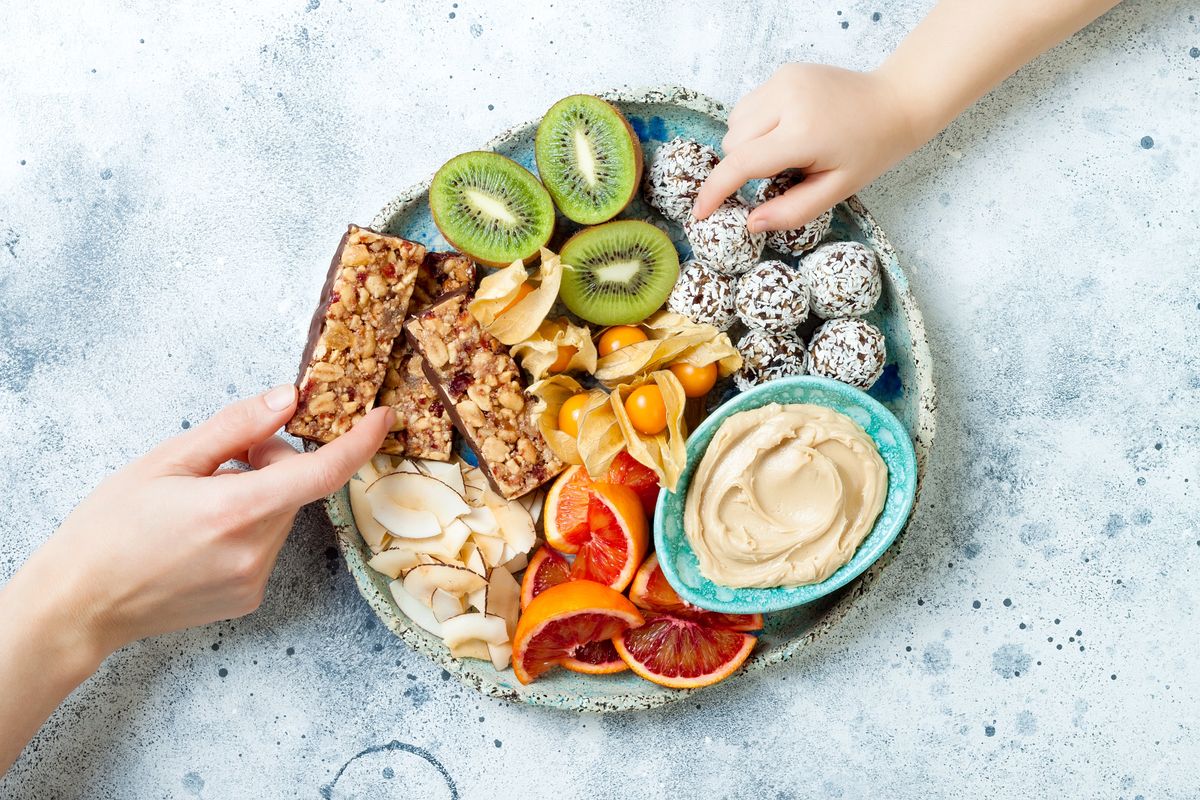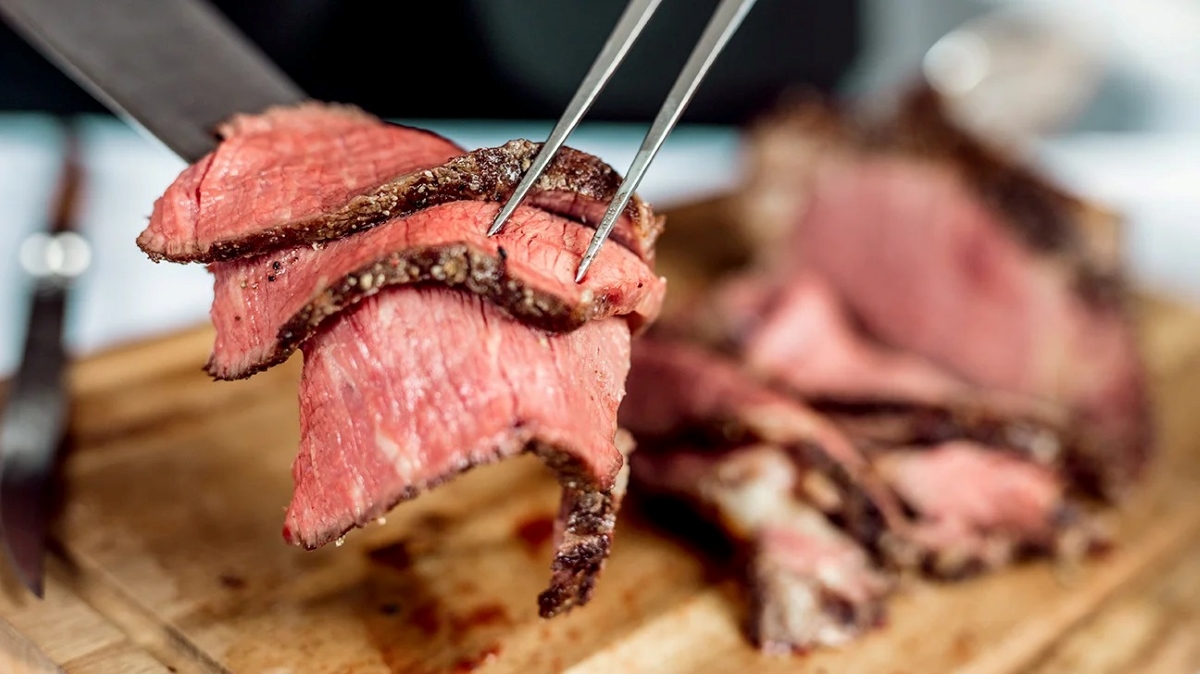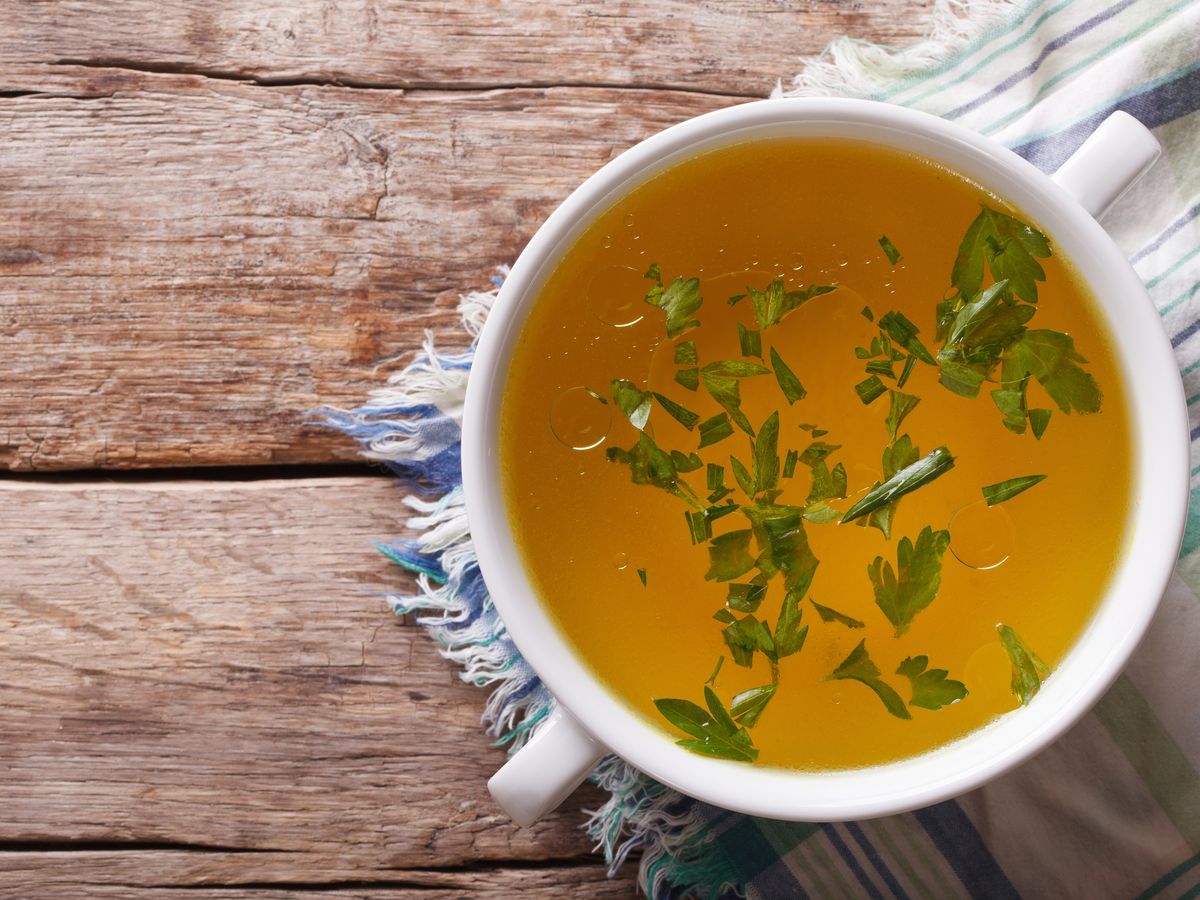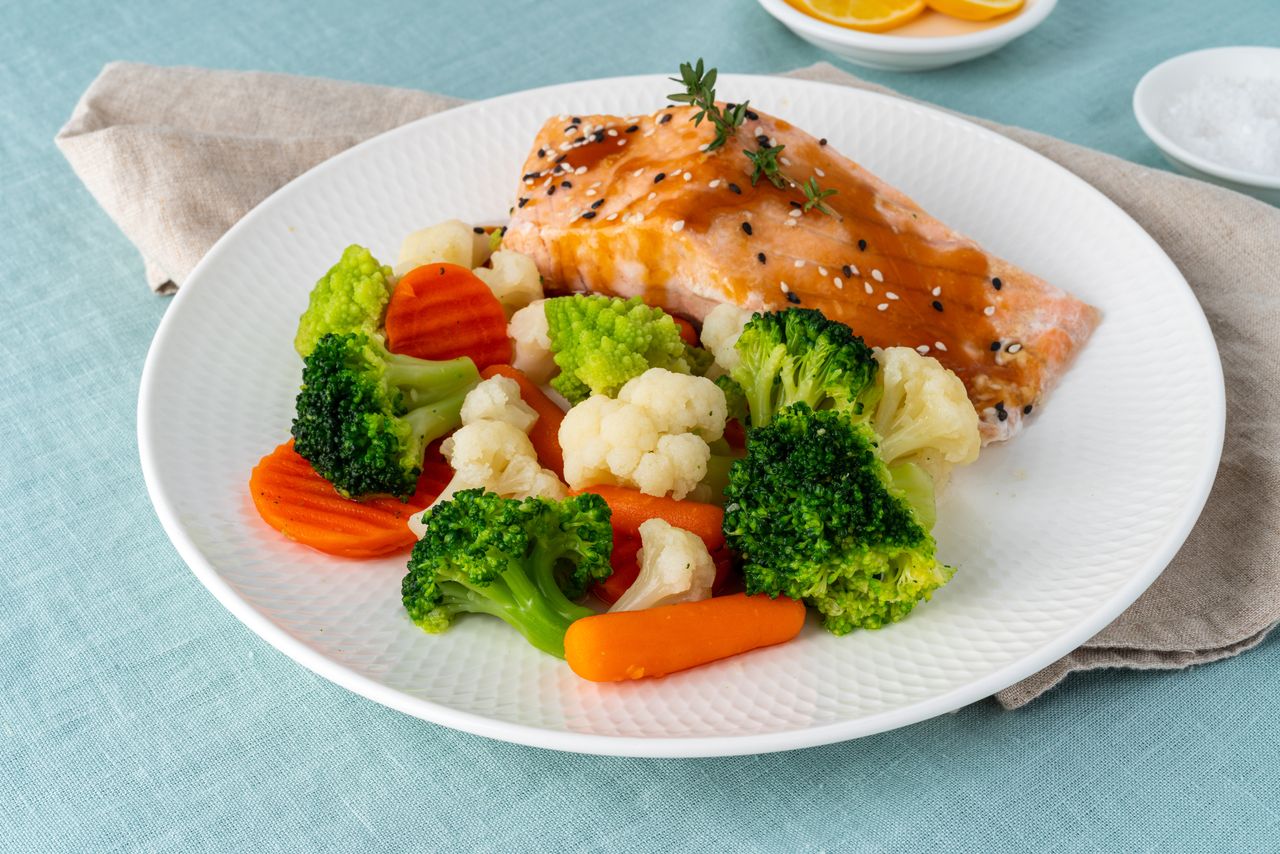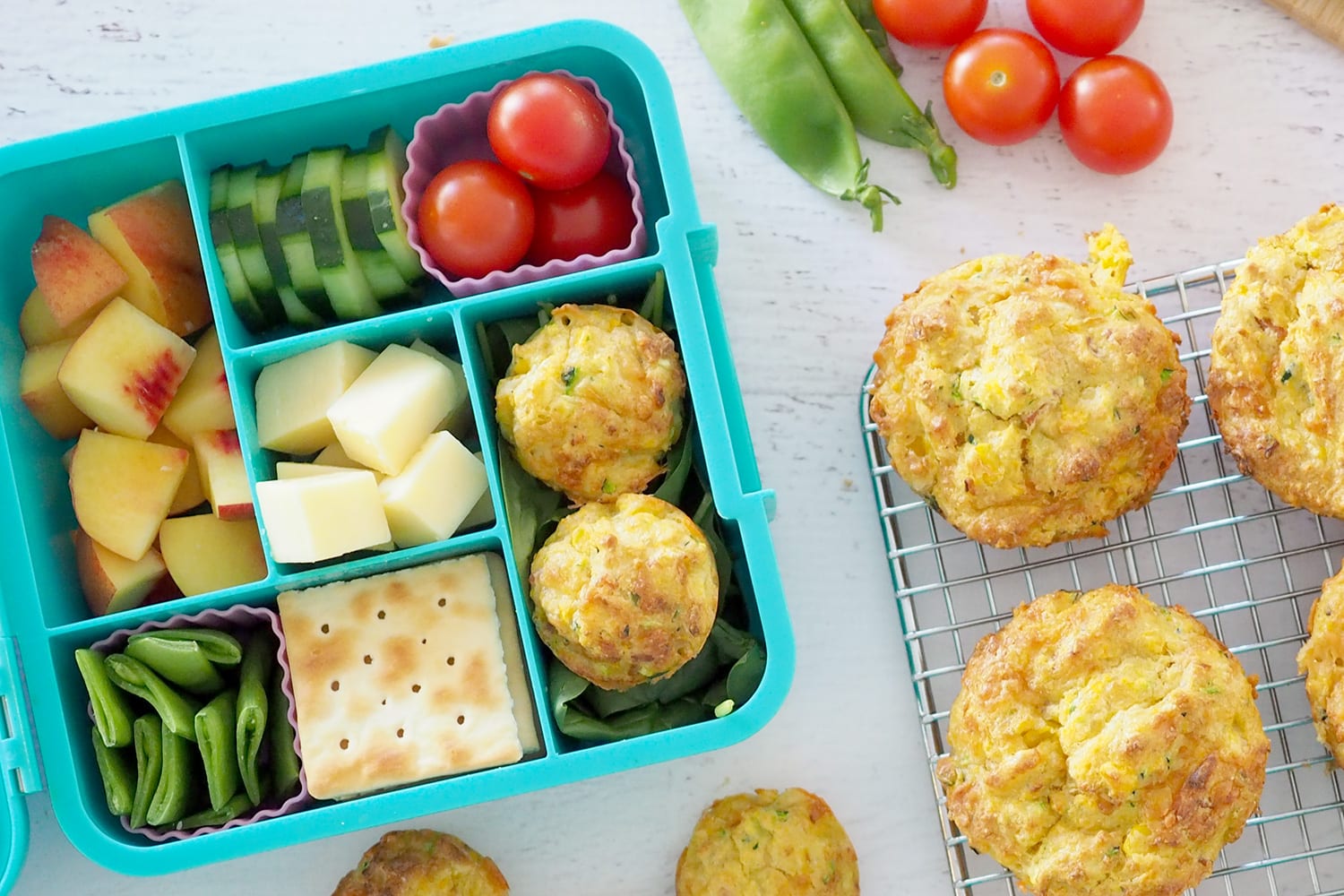Discovering a Dairy and Wheat-Free Lifestyle
Living a dairy and wheat-free lifestyle can be a challenge, but with the right knowledge and resources, it’s entirely possible to enjoy a delicious and satisfying diet. Whether you have dietary restrictions or simply want to explore new culinary options, there are plenty of ways to embrace a dairy and wheat-free way of eating.
Understanding Your Options
When it comes to eliminating dairy and wheat from your diet, it’s important to understand which foods to avoid and which alternatives you can enjoy. Here are some key points to keep in mind:
- Avoiding Dairy: Dairy products include milk, cheese, yogurt, and butter. Look for dairy-free alternatives such as almond milk, coconut milk, and cashew cheese.
- Eliminating Wheat: Wheat is commonly found in bread, pasta, and baked goods. Explore gluten-free options like quinoa, rice, and almond flour to replace wheat-based products.
Creating Delicious Dairy and Wheat-Free Meals
Now that you understand the basics of a dairy and wheat-free diet, it’s time to get creative in the kitchen. Here are some simple and tasty meal ideas to inspire your culinary journey:
- Quinoa Salad: Combine cooked quinoa with fresh vegetables, chickpeas, and a zesty vinaigrette for a nutritious and satisfying meal.
- Coconut Curry: Simmer vegetables and tofu in a rich coconut curry sauce, served over fragrant jasmine rice for a flavorful dinner option.
- Almond Flour Pancakes: Whip up a batch of fluffy pancakes using almond flour, topped with fresh berries and a drizzle of maple syrup for a delightful breakfast treat.
Finding Dairy and Wheat-Free Alternatives
Fortunately, there are now more dairy and wheat-free products available than ever before. From dairy-free ice cream to gluten-free pasta, you can easily find alternatives to your favorite foods. Be sure to explore your local grocery store or health food store to discover a wide range of options.
Embracing a Healthier Lifestyle
Choosing to eat dairy and wheat-free can have numerous health benefits, including improved digestion, increased energy levels, and better overall well-being. By focusing on whole, unprocessed foods and exploring new ingredients, you can elevate your culinary experience and enjoy a diverse and nutritious diet.
Conclusion
Transitioning to a dairy and wheat-free lifestyle may seem daunting at first, but with the right approach, it can be an exciting and rewarding journey. By understanding your options, getting creative in the kitchen, and exploring alternative products, you can embrace a delicious and fulfilling way of eating that supports your health and well-being.
Are you ready to embark on a dairy and wheat-free culinary adventure? With a little creativity and a willingness to explore new flavors, you can discover a world of delicious possibilities that will leave you feeling satisfied and nourished.
